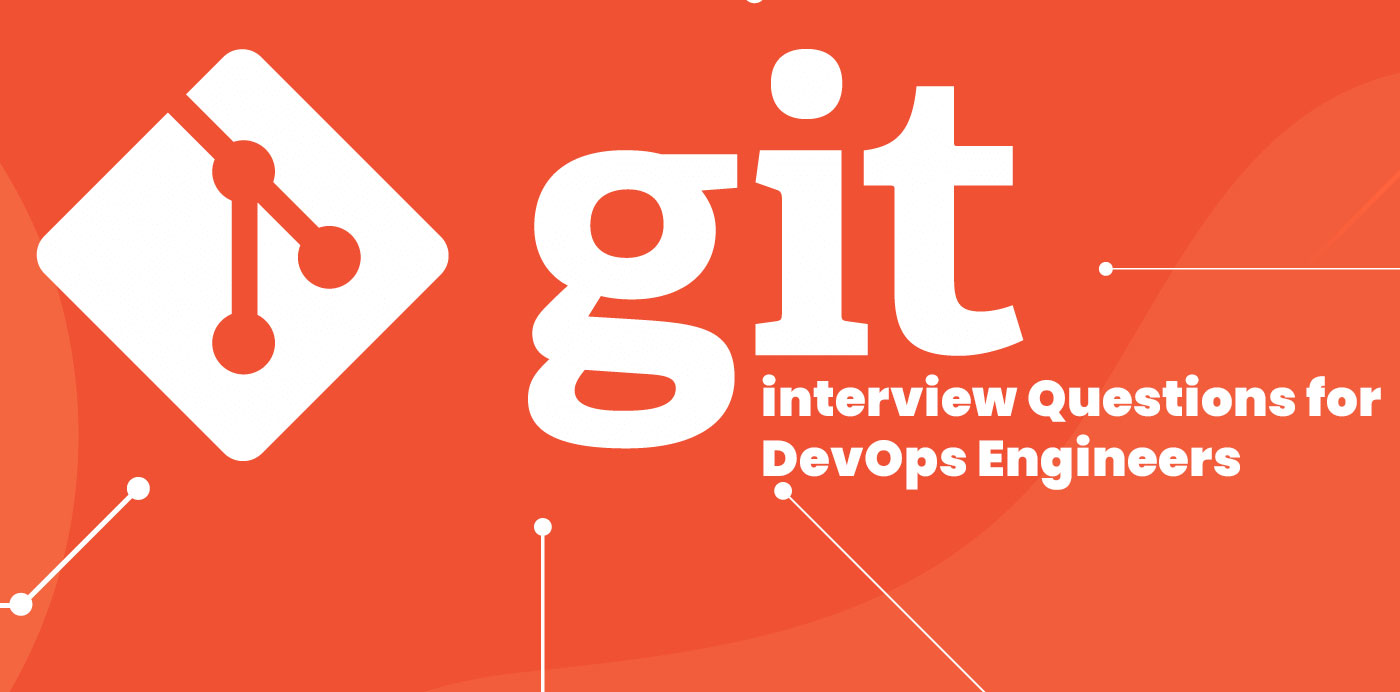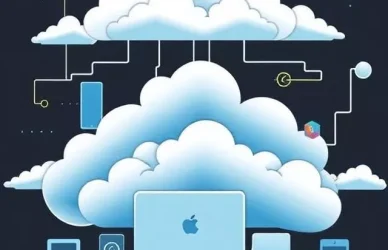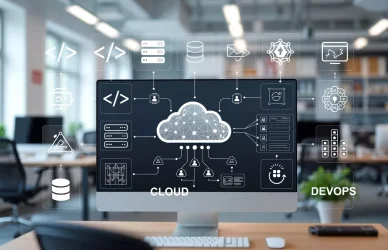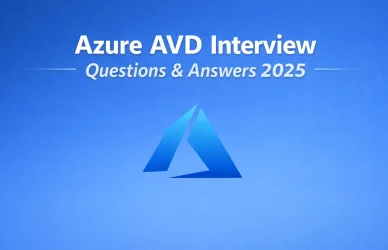This comprehensive guide is tailored for DevOps professionals preparing for technical interviews in 2025. It includes essential Git commands, workflow strategies, collaboration practices, and advanced GitOps use cases—all optimized for the keyword “Git for DevOps interview.”
It also features a downloadable Git cheat sheet and promotes job opportunities at www.cloudtechjobs.com.
Introduction: Why Git Is a Must-Know for DevOps Engineers
Git is the backbone of version control in DevOps. Whether you’re managing infrastructure as code, contributing to CI/CD pipelines, or enabling collaborative development, Git skills are essential.
Mastering Git interview questions helps you stand out—and this guide covers the Top 30 Git interview questions for DevOps engineers in 2025, with real-world examples and tips.
Section 1: Fundamental Git Interview Questions
1. What is Git, and how is it different from SVN?
Git is a distributed version control system—each developer has a full copy of the repo. Unlike SVN, Git supports offline work, fast branching, and better collaboration.
2. What is the difference between git clone and git fork?
git clonecopies a repository locally.- A fork creates a remote copy under your GitHub or GitLab account—ideal for contributing to open-source.
3. What is the difference between git pull and git fetch?
git fetch: Downloads updates without applying them.git pull: Fetches and merges into the current branch.
4. How do you initialize a Git repository?
bashCopyEditgit init
5. How do you stage and commit files?
bashCopyEditgit add .
git commit -m "Your message"
Section 2: Git Workflow and Commands
6. What is the difference between git merge and git rebase?
merge: Combines histories, creates a new commit.rebase: Reapplies commits on top of a new base, for a cleaner history.
7. How do you resolve merge conflicts?
- Use
git statusto identify conflicts. - Edit files to resolve.
- Then:
bashCopyEditgit add <filename>
git commit
8. What is a detached HEAD state?
Occurs when checking out a commit directly. New commits won’t belong to a branch unless you explicitly create one.
9. How do you revert a commit?
bashCopyEditgit revert <commit-hash>
10. How do you reset your branch to match origin/main?
bashCopyEditgit fetch origin
git reset --hard origin/main
Section 3: Branching Strategies in DevOps
11. What is GitFlow?
A branching model with:
main(production)develop(integration)feature/*,release/*,hotfix/*
Useful for teams using CI/CD and pre-production environments.
12. What is trunk-based development?
All developers work on a single main branch with short-lived feature branches—supports continuous delivery.
13. How do you name branches in a DevOps project?
Use semantic names like:
feature/login-authbugfix/cache-issueinfra/terraform-upgrade
14. How do you implement PR approvals and code reviews?
Using platforms like GitHub or GitLab:
- Set required reviewers
- Use pull request templates
- Enforce CI status checks
15. What is squash merging and when should you use it?squash combines multiple commits into one. Ideal for merging feature branches cleanly into main.
Section 4: Advanced Git Interview Questions
16. How do you undo the last commit but keep changes?
bashCopyEditgit reset --soft HEAD~1
17. How do you create a tag in Git?
bashCopyEditgit tag v1.0.0
git push origin v1.0.0
18. How do you see the commit history?
bashCopyEditgit log --oneline --graph --all
19. How do you cherry-pick a commit from another branch?
bashCopyEditgit cherry-pick <commit-hash>
20. What’s the difference between rebase and reset?
rebase: Moves commits to a new base.reset: Moves branch pointer; can change working directory.
Section 5: DevOps Collaboration & GitOps Questions
21. How do you integrate Git into CI/CD pipelines?
Mention tools like:
- GitHub Actions
- GitLab CI
- Jenkins with Git triggers
- Bitbucket Pipelines
22. What is GitOps?
Using Git as the source of truth for infrastructure and deployment. Tools include:
- ArgoCD
- FluxCD
23. How do you trigger a pipeline on every Git push?
- GitHub: Define
on: pushin.github/workflows - GitLab: Use triggers in
.gitlab-ci.yml
24. What’s the difference between git stash and git commit?
git stash: Temporarily saves uncommitted changes.git commit: Records staged changes permanently.
25. How do you sync a forked repository?
bashCopyEditgit remote add upstream <original-url>
git fetch upstream
git merge upstream/main
26. What is a Git hook?
Scripts triggered by Git actions (e.g., pre-commit, post-merge). Used to enforce checks or automate tasks.
27. What’s the use of .gitignore?
Lists files/folders Git should ignore—like node_modules/, .env, or build/.
28. What causes a “non-fast-forward” error?
Occurs when local is behind remote. Fix with:
bashCopyEditgit pull --rebase
29. How do you clone a specific branch?
bashCopyEditgit clone -b <branch> <repo-url>
30. How do you delete a remote branch?
bashCopyEditgit push origin --delete <branch-name>
Git Cheat Sheet: Must-Know Commands for DevOps
| Action | Git Command |
|---|---|
| Clone repo | git clone <url> |
| Create branch | git checkout -b new-feature |
| Stage file | git add file.py |
| Commit | git commit -m "message" |
| Push | git push origin branch-name |
| Merge | git checkout main && git merge feature |
| Rebase | git checkout feature && git rebase main |
| View log | git log --oneline --graph |
| Tag release | git tag v1.2.0 && git push origin v1.2.0 |
Final Tips for DevOps Git Interviews
- Practice real Git scenarios in a local repo before your interview.
- Prepare to walk through CI/CD workflows involving Git triggers.
- Know how Git integrates with cloud-native tools like ArgoCD, Terraform, and Helm.
- Emphasize collaboration strategies like PR reviews and Git hooks.
- Visit www.cloudtechjobs.com for top DevOps job listings.







